
Photo by Stacy Blackman
We all enjoy spending time near the water – it is relaxing, calming and in the summer time it can be a best way to spend your vacation, lying on the sand and splashing in the water. What might give you a bit of discomfort (other than of course forgetting to use sun block) are jellyfish that can be found in every sea in the world. Actually jellyfish are also found in fresh water, but those species are tiny (less than an inch – 25 mm – in diameter), transparent (Fact: the bodies of those jellyfish are 95% water,) and do not sting.

Photo by sami73
I don’t think that we could find a person who enjoys the “touch” of a jellyfish, especially the touch of the large colored ones that can also sting you. (Fact: the tentacles have the stinging cells–the nematocyst–loaded with poison to serve as a defense mechanism and weapon for capturing prey. Each tentacle may contain thousands of these little harpoon units that spring the poison into the prey’s body.) Despite their ability to sting, people used to see them in the water while traveling to other places for vacation without even thinking that those boneless creatures could be harmful.
Photo by zmei1977

Photo by ^riza^

Photo by Jessica Rabbit’s Flickr
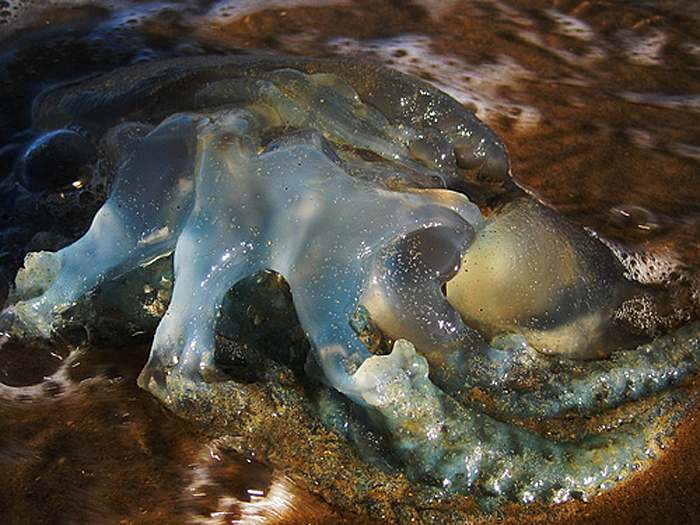
Photo by Dave Patrick Photography

Photo by Sam and Ian

Photo by suzums

Photo by ecstaticist

There are more than 3200 species of jellyfish in the world. But let’s just take a look at some of those that can be most dangerous for us.
The BOX JELLYFISH is a general name for the class of Cubozoa – a group of bell-shaped jellies. This class contains at least 19 different species.
Photo by tesserazoa

Photo by tesserazoa

Photo by strollers
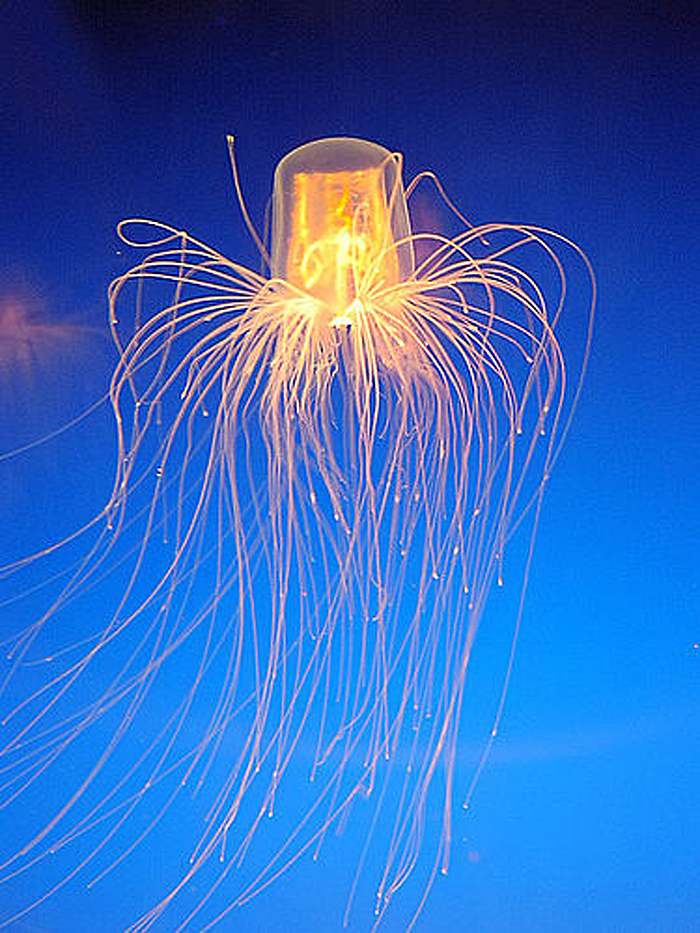
Photo by Dmitry Chikishev

The Irukandji
The Irukandji (Carukia barnesi) are very small, but toxic, jellyfish. Their size is near that of a coin. It looks like a transparent bell with 4 long (up to 35 cm) tentacles. The Irukandji can be found in Australian waters. The first detailed description of this jellyfish was given by Dr. Jack Barnes in 1964. He captured the Irukandji jellyfish and strung himself, his son, and a life guard in order to show the effect on a human’s body. The string of this jellyfish causes symptoms know as Irukandji syndrome that can last from several hours to several days. The signs of Irukandji syndrome include severe lower back pain, muscle cramps in the arms and legs, a burning sensation of the skin and face, headaches, nausea, sweating, high blood pressure, and high heart rate.
Photo from misspegasus.wordpress.com

Photo by ultrahi

The Sea Wasp
The sea wasp (chironex fleckeri) is a lethally dangerous jelly living in northern Australia’s coastal waters. The amount of venom in one animal is considered to be enough to kill 60 adults. For the past 100 years the Sea Wasp jellies caused the death of about 100 people, and now it can be considered one of the most dangerous sea creatures. Those jellyfish can grow to the size of a basketball ball. Their tentacles are about 15 cm long and 5 mm in diameter, but when they hunt the tentacles become thinner and their length extends to about 3 meters long. Because of its colors (light-blue) it is really hard to see it in the water and that makes it even more dangerous. The string of the Sea Wasp is extremely painful with an intense burning sensation. The venom affects the nervous system, heart, and skin at the same time. A human can die from a sting of a Sea Wasp in 3-5 minutes. Despite the fact that there is an antidote, the timely treatment of the victim may be impossible. Frequently, a stung person undergoes cardiac arrest and drowns before they can get to a shore.
Photo by jkirkhart35
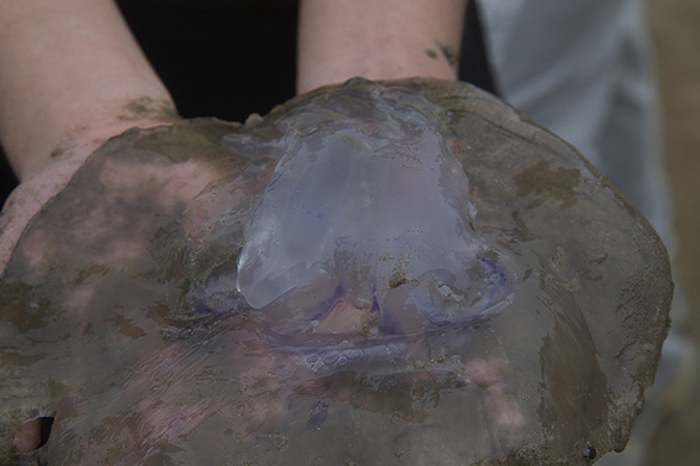
Photo by dumbeast

The Clinging Jellyfish
The clinging jellyfish (Gonionemus vertens) lives in the coastal area of the northern part of the Pacific Ocean (from China to California). The diameter of the bell is about 25-40 mm. The body is transparent with a cross inside – a pattern formed by colored internal organs (canals of the digestive system). There are about 60 tentacles bent near the top. They are located on the edges of the bell and their length can exceed the size of the bell. The sting of the Clinging Jellyfish is painful, but not lethal.
Photo by San Diego Shooter

Photo by Dan Hershman

The Nomura Jellyfish
The Nomura’s bell can reach 6-7 feet (2 meters) in diameter and weigh up to 450 pounds (220 kg). They are common in Chinese and Korean waters, but recently they have also invaded the coastal waters of Japan. Those giant jellies cause a threat to the Japanese fishing industry. They get into the fishing nets and poison the catch with their toxic stingers. There are also records of people dying from the Nomura sting, but such reports are rare.
Photo by nurpax

Photo by nurpax

Migration of Jellies
The migration habits of jellies are poorly understood, but nowadays the number of jellyfish is constantly growing. The reason could be global warming, the reduction in the number of predators due to over-fishing, or increased nutrients in the coastal area (as a cause of the contamination).
Photo by Dave Tamburo

Photo by Bobby Chromik ~ Lawcrow

Photo by henv

Photo by [noone]

Photo by rosswebsdale

Photo by leeroy09481

What to do if you are stung:
First of all you need to remove any pieces of the tentacles that remain on your body. Do not do that with a bare hand. Use a stick, shell, tweezers, or any object you can find nearby. Do not rinse with fresh water – use salt water instead. If possible, rinse with really hot water (the hottest you can stand, but not hot enough to burn yourself). Apply vinegar for about 30 seconds, and do not hesitate to get medical treatment!
Photo by lawtonjm

Photo by kate nev

Photo by Daniel, Daniel Kwok
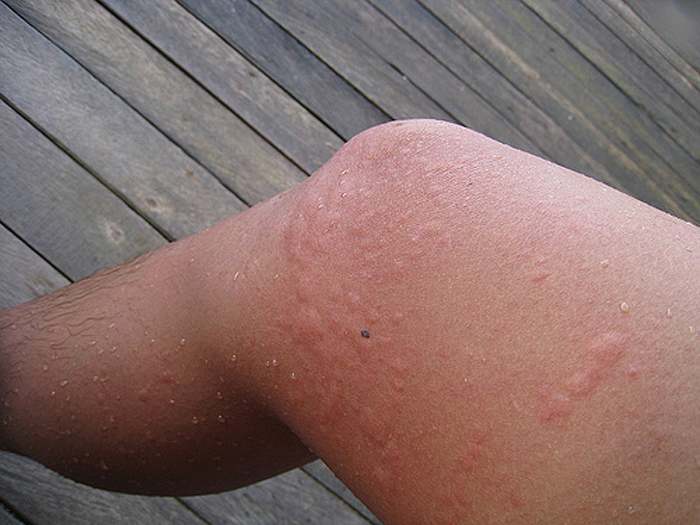
Photo by Ollie T.
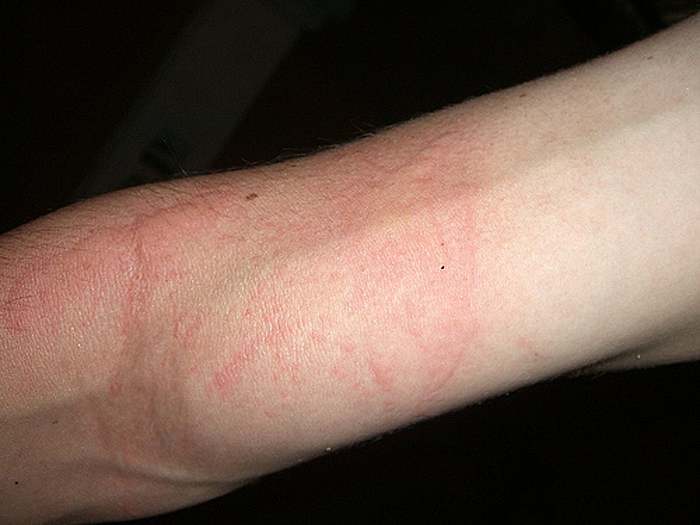
Photo by MauritsV
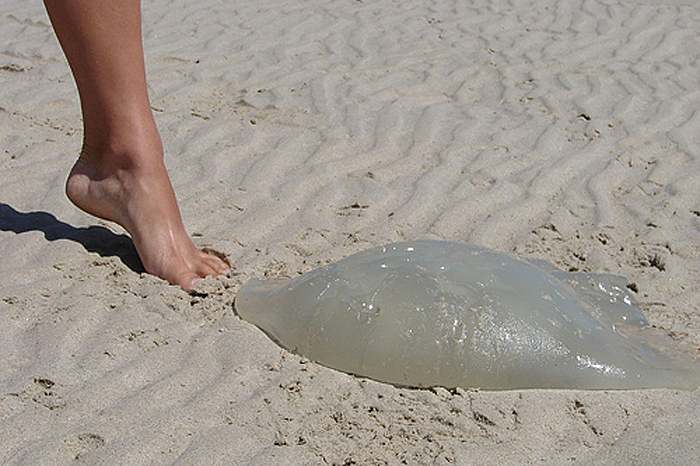
Photo by bsterling
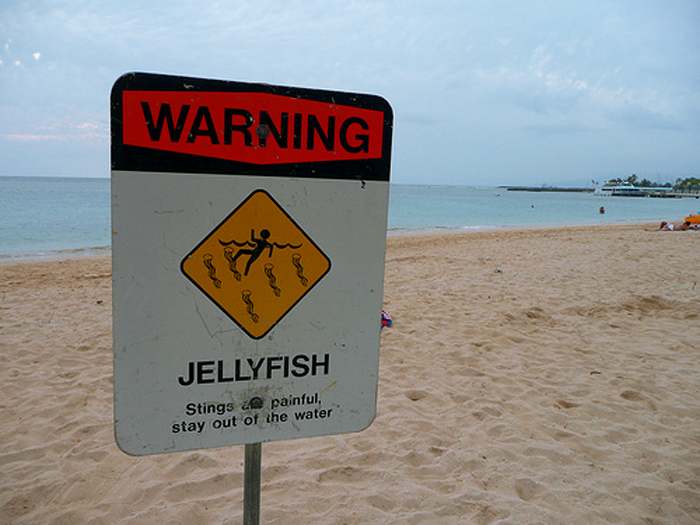
It may be dangerous to swim near jellyfish, but some water creatures manage to take advantage of them. For example, some fish such as bigue or the amberjack hide under the bell of the jellyfish or in their tentacles for protection, and they can travel like that. As a thank you gesture, they can clean a jellyfish of any parasites.
Photo by REUTERS















amazing!!!!wonderful to know more things about jellyfish.
cute and dangerous!!!
great photos. Thank you for sharing.
so transparent amazing creatures !!!